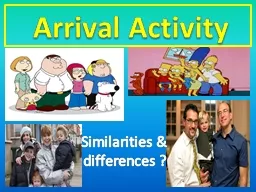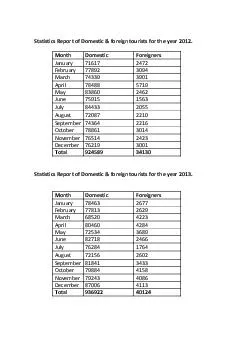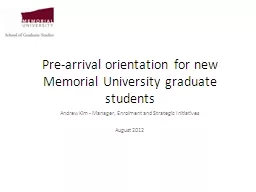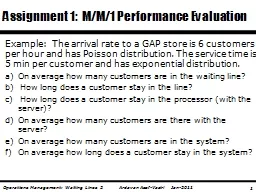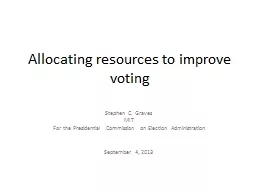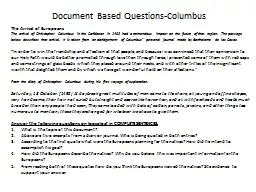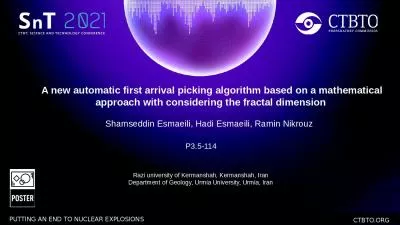PPT-Arrival Activity
Author : alida-meadow | Published Date : 2016-10-10
Similarities amp differences Independent Study Complete what is a family sheet amp Objectives Understand the different family types that exist Establish the key
Presentation Embed Code
Download Presentation
Download Presentation The PPT/PDF document "Arrival Activity" is the property of its rightful owner. Permission is granted to download and print the materials on this website for personal, non-commercial use only, and to display it on your personal computer provided you do not modify the materials and that you retain all copyright notices contained in the materials. By downloading content from our website, you accept the terms of this agreement.
Arrival Activity: Transcript
Download Rules Of Document
"Arrival Activity"The content belongs to its owner. You may download and print it for personal use, without modification, and keep all copyright notices. By downloading, you agree to these terms.
Related Documents

